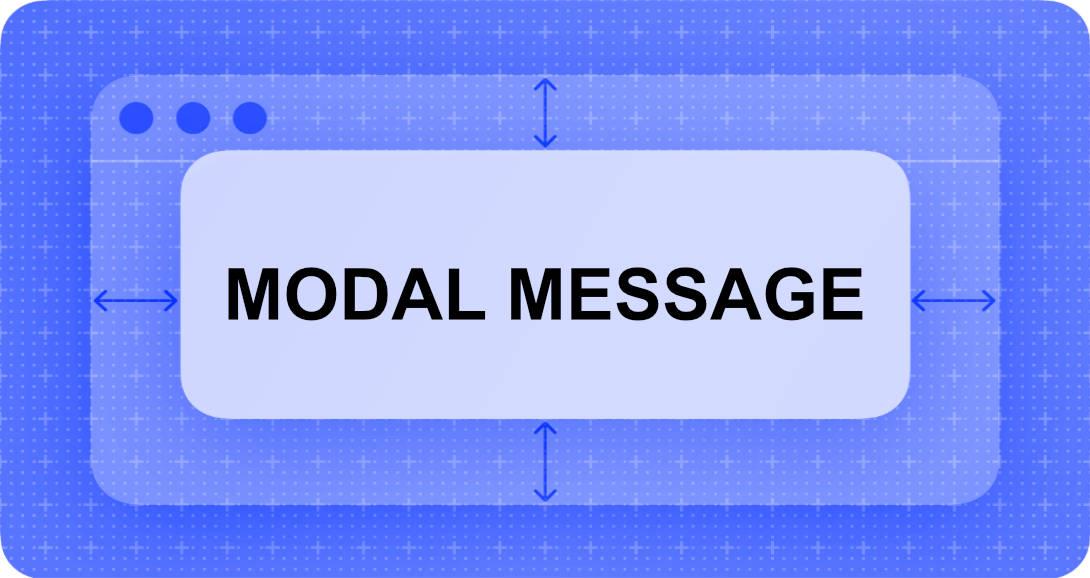
Category
Good To Know
Surveys tell us most people hate them. I'm talking about website pop-ups -- those small windows, also known as "modals," that appear without warning while dimming the rest of the screen and might ask for our email address, tell us the deal of the day, or make any other variety of pitch or request us to take an action.
Turns out, hated or not, pop-ups can be an effective way to engage your website visitors without turning them away, if you do things right.
We should first point out there's a world of difference between pop-ups that provide some useful information vital to a user's visit at your site vs. an advertising message only intended to promote sales.
Fewer visitors object to a pop-up that gets in their face to remind them they've forgotten to complete a vital field in a form or informs them their account needs updating, than those who'll be turned off by a simple advertising message.
The trick with marketing-related messages is to provide a proper incentive.
A G2.com survey of a random sample of 400 Americans revealed 82% surveyed "hated" pop-ups asking for their email address. And while most of those surveyed, 73%, said there was nothing that would convince them to volunteer their email address to a pop-up, there were a few incentives more likely than others to get the job done.
The G2.com survey revealed 27% of those surveyed would be likely to submit their email address if one or more of these suggestions were followed:
Offer an incentive
Twelve percent said offering a discount would provide enough incentive to get the job done. Runners-up include the chance to win something (5%) and an exclusive offer (4%).
Time the pop-up
The survey revealed visitors find pop-ups that immediately appear on websites to be the most irritating. So program the pop-up to appear after a delay; or, better yet, display it after the visior has hit a couple pages at your site.
Limit frequency
Turns out, repeatedly showing a visitor the same pop-up message doesn't increase the likelihood of action. G2.com recommends displaying the same pop-up to a user no more than three times, and giving a week's rest between exposures.
Design matters
Finally, what your pop-up looks like makes a difference. One of the survey respondents' biggest complaints is pop-ups seem to be everywhere. So making sure yours stands out from the crowd could give you an advantage.




